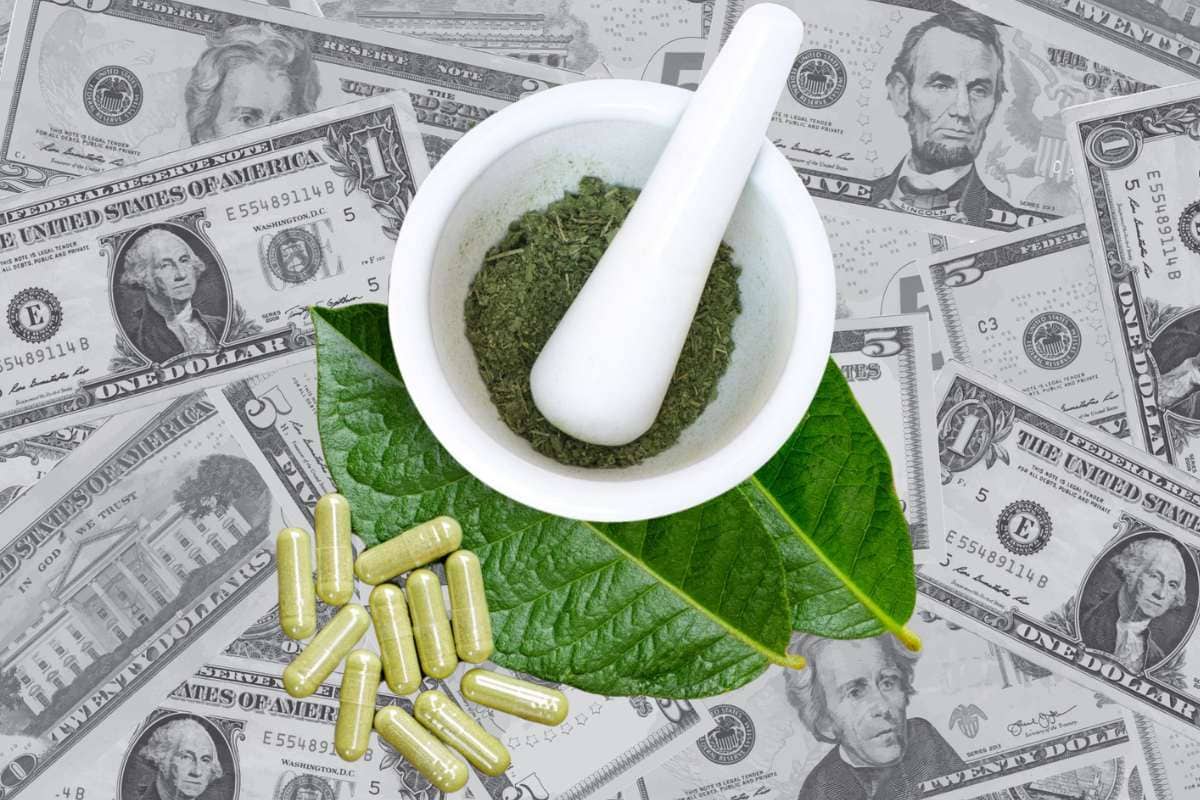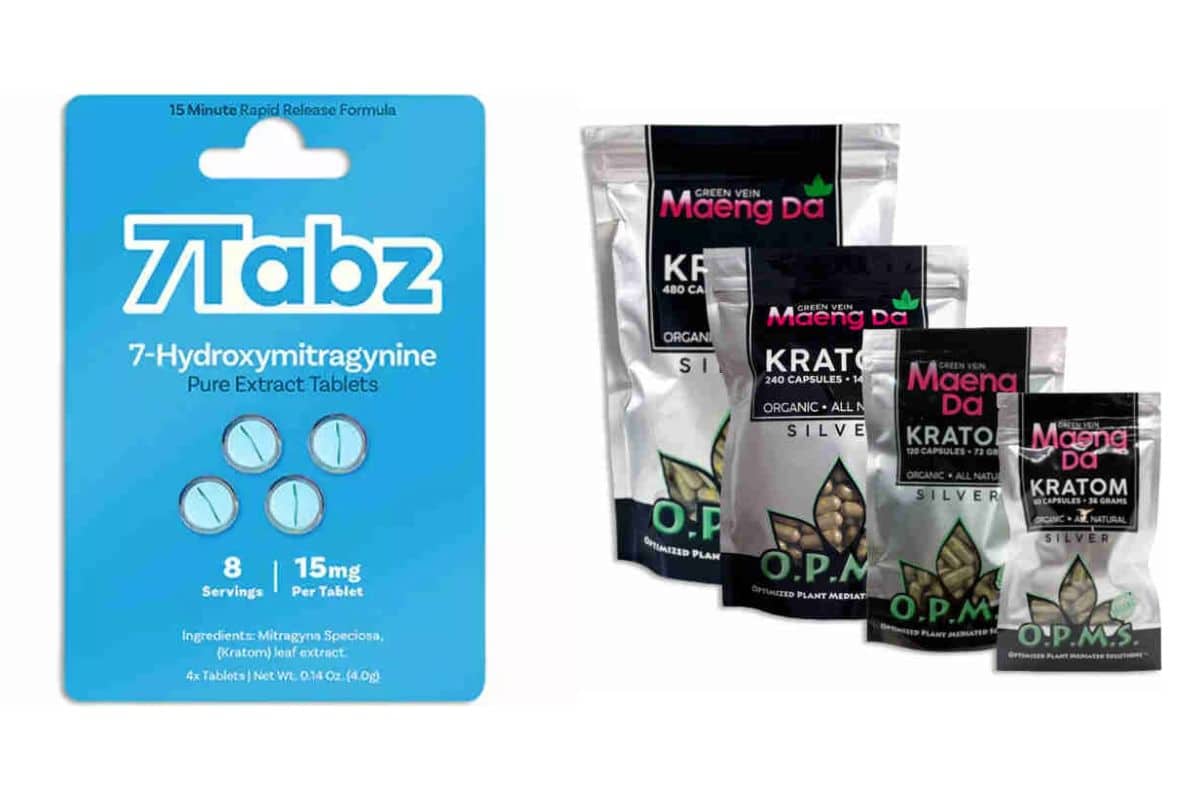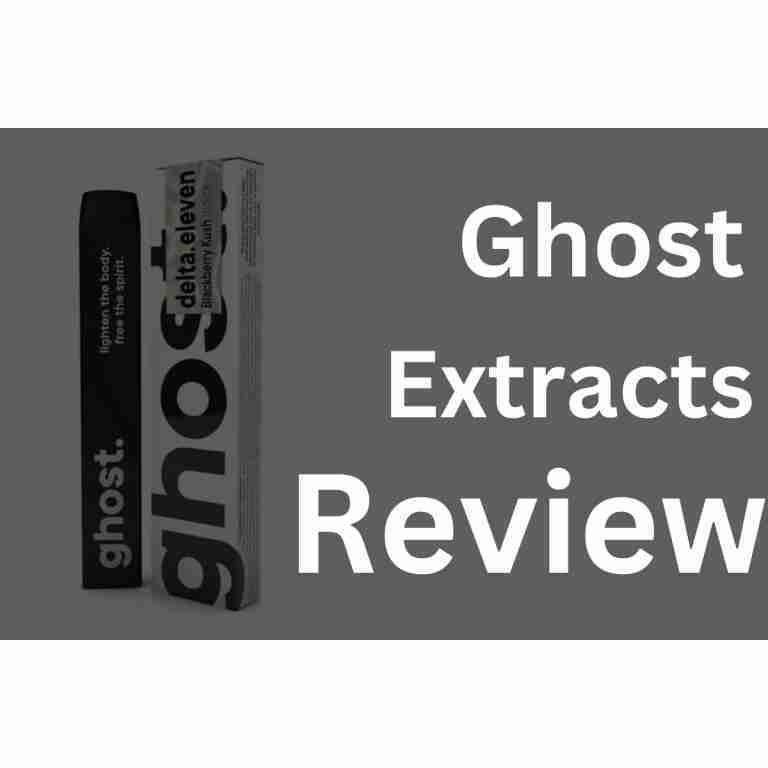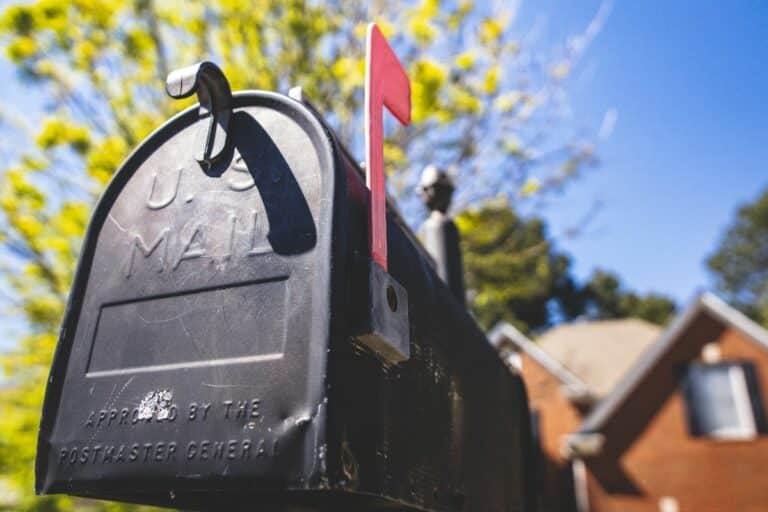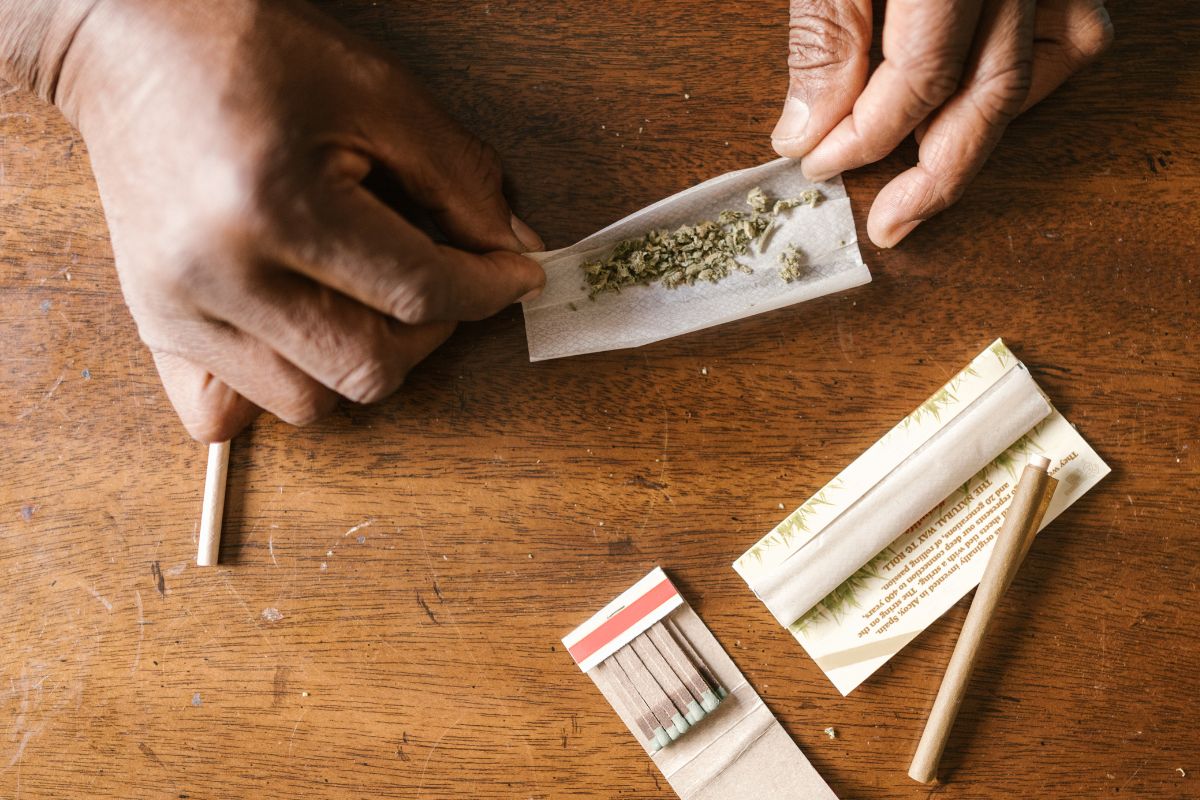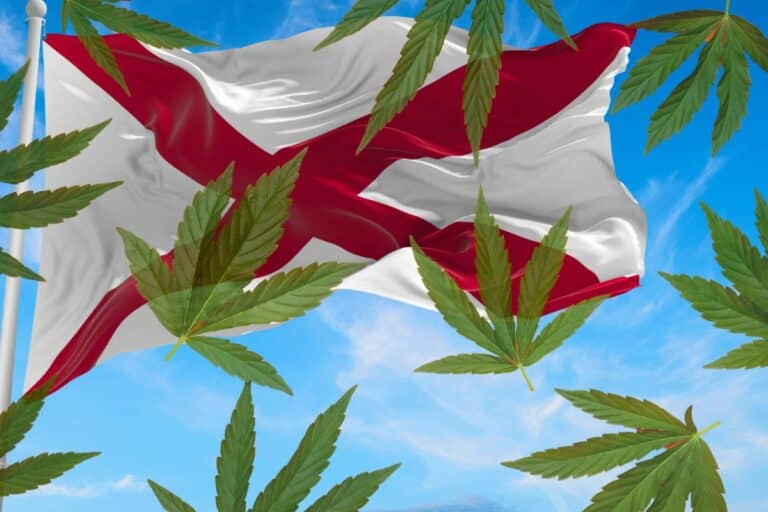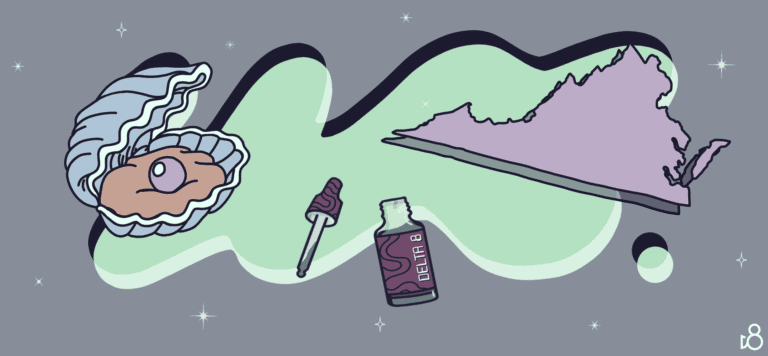Is Kratom Expensive? Understanding the Cost Factors Behind This Herb
Introduction to Kratom
Kratom, a herbal substance derived from the kratom leaves of the Mitragyna speciosa tree, is native to Southeast Asia and has gained widespread popularity for its potential therapeutic effects, often compared with other substances. Traditionally used for pain relief, increased energy, and mood enhancement, kratom is now consumed globally in various forms such as powder, capsules, and extracts. Its alkaloids, especially mitragynine and 7-hydroxymitragynine, are believed to interact with opioid receptors, contributing to its analgesic and stimulating effects.
- Introduction to Kratom
- Why People Use Kratom
- How Much Does Kratom Cost?
- Is Kratom Expensive Compared to Other Herbs?
- What Affects the Price of Kratom?
- Different Forms of Kratom and Their Costs
- Buying in Bulk: Does It Save Money?
- Online vs In-Store Kratom Pricing
- Are Cheap Kratom Products Safe?
- Reputable Vendors vs Budget Sellers
- Lab Testing and Product Quality
- Shipping and Import Costs
- Strain Type and Rarity
- Specialty and Enhanced Strains
- Domestic vs Imported Kratom
- Seasonal Availability
- Vendor Loyalty Programs and Discounts
- Potential Hidden Costs
- Medical and Legal Risks
- Comparing Kratom to Prescription Medications
- The Growing Market and Price Trends
- Why Is the Kratom Market Unregulated?
- Is Kratom Worth the Price?
- Bonus Section: How to Save Money on Kratom
- Conclusion: Understanding Kratom Pricing
- FAQ: Kratom Pricing and Cost Considerations
- Why is kratom so expensive in some stores?
- Is it cheaper to buy kratom online?
- What is the cheapest way to buy kratom?
- Are more expensive kratom products better quality?
- Does kratom price vary by strain?
- Can you trust cheap kratom?
- How much kratom should I buy as a beginner?
- Do loyalty programs actually save money?
- Is kratom covered by health insurance?
- Will kratom become more expensive in the future?
- Can kratom prices vary by vendor?
- Does the country of origin affect kratom price?
- Are extract blends more cost-effective?
- How do I know if I'm overpaying for kratom?
Why People Use Kratom
Many kratom users view it as a natural alternative to over-the-counter or prescription drugs for conditions like chronic pain, anxiety, depression, and even opioid addiction, especially when sourced from a reliable kratom vendor. While some find relief and improved quality of life, others warn of dependency risks and side effects due to a lack of regulation.
Many kratom users view it as a natural alternative to over-the-counter or prescription drugs for conditions like chronic pain, anxiety, depression, and even opioid addiction. While some find relief and improved quality of life, others warn of dependency risks and side effects due to a lack of regulation.
Many kratom users view it as a natural remedy and alternative to many strains of over-the-counter or prescription drugs for conditions like chronic pain, anxiety, depression, and even opioid withdrawal symptoms, particularly those that involve popular strains. While some find relief and improved quality of life, others warn of dependency risks and side effects due to a lack of regulation.
Many kratom users view it as a natural remedy alternative to over-the-counter or prescription drugs for pain management, anxiety, depression, and even opioid withdrawal symptoms, sometimes for its sedative effects. While some find relief and improved quality of life, others warn of dependency risks and side effects due to a lack of regulation.
How Much Does Kratom Cost?
| Form | Quantity | Average Price Range | Notes |
|---|---|---|---|
| Powder | 1 oz (28g) | $8 – $15 | Most affordable, good for bulk use |
| 100g | $20 – $40 | Common purchase size for regular users | |
| 1 kg (1000g) | $80 – $150 | Best value for bulk buyers | |
| Capsules | 60-count (500mg) | $15 – $25 | Convenient but more expensive per gram |
| 120-count | $25 – $40 | Often sold in health stores or online | |
| Extracts | 10ml tincture | $20 – $40 | Highly concentrated; used in small doses |
| 1g resin | $15 – $30 | Potent form; more expensive per gram than powder | |
| Tea Bags | Pack of 10 | $10 – $20 | Mild potency, easy for beginners |
In the kratom industry, the kratom strains offer industry prices can vary dramatically, making dosage recommendations crucial for users. On average:
- Kratom powder: $5 to $15 per ounce
- Capsules: $15 to $25 per 50-count bottle
- Extracts: $20 to $50+ for concentrated forms
These prices depend heavily on the vendor, product form, strain, origin, testing practices, and other substances involved.
Is Kratom Expensive Compared to Other Herbs?
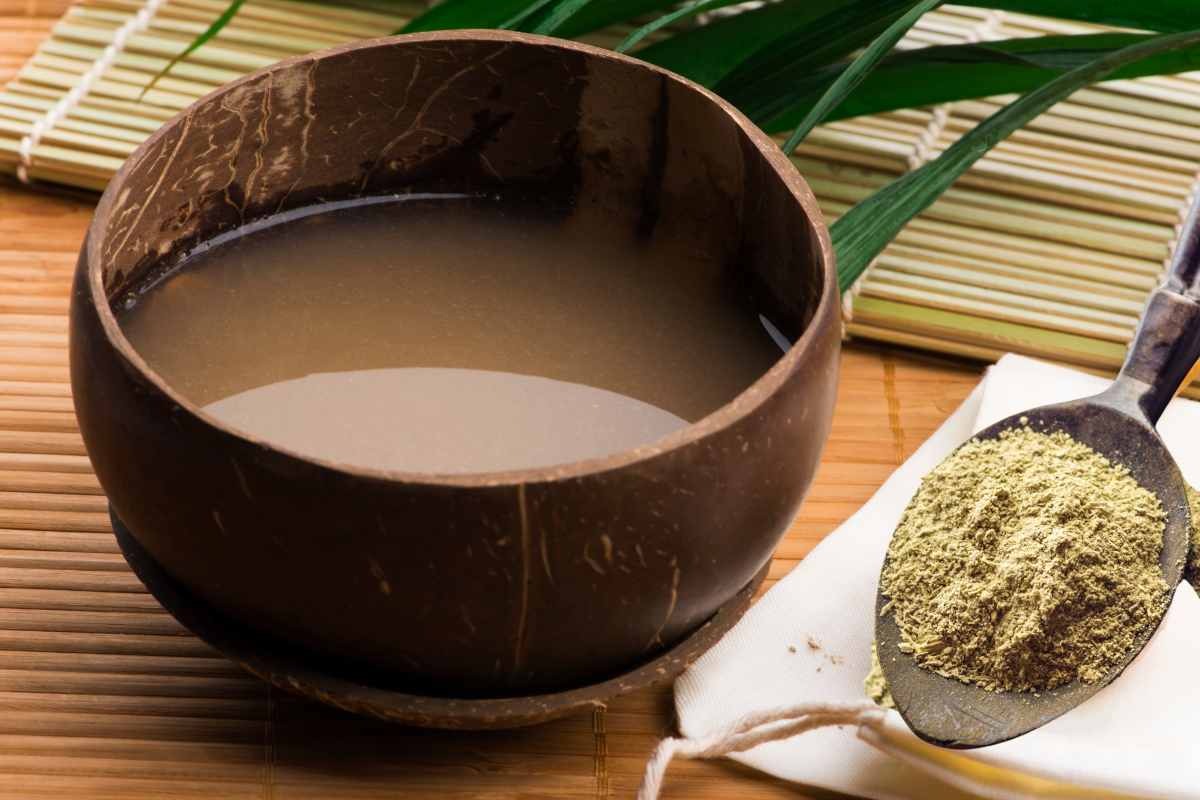
When stacked against herbs like CBD, kava, or ashwagandha, kratom is moderately priced and can also produce stimulant effects. However, frequent use can make it feel expensive, especially for daily users who require larger or high doses.
What Affects the Price of Kratom?
Several factors contribute to kratom related deaths and kratom’s fluctuating price point:
- Harvest techniques and farming conditions
- Shipping and import duties
- Strain popularity and rarity
- Testing and quality control
- Packaging and branding
All of these aspects can cause the price to vary widely, even among vendors selling the same strain.
Different Forms of Kratom and Their Costs
| Form | Quantity | Average Price Range | Notes |
|---|---|---|---|
| Powder | 30g | $11.99 | Entry-level size; suitable for beginners. |
| 100g | $20 – $46 | Common purchase size for regular users. | |
| 250g | $39.99 – $54.99 | Offers better value per gram. | |
| 500g | $59.99 – $74.99 | Bulk purchase; economical for frequent users. | |
| 1 kg (1000g) | $89.99 – $149.99 | Best value for bulk buyers. | |
| Capsules | 50-count (500mg) | $15 | Convenient; no need to measure doses. |
| 90-count | $20 – $28 | Mid-size bottle; popular among regular users. | |
| 250-count | $51.98 – $62 | Economical for frequent users. | |
| 500-count | $90 – $100 | Bulk purchase; offers better value per capsule. | |
| Extracts | 1g resin | $15 – $30 | Highly concentrated; used in small doses. |
| 10ml tincture | $20 – $32 | Potent liquid form; fast-acting effects. | |
| Edibles | Gummies (per piece) | $2 – $4 | Flavored; easy to consume. |
| Tea bags (per bag) | $1.50 – $3 | Mild potency; suitable for beginners. |
Kratom Powder
Most affordable, typically $10–$15 per ounce, especially for common strains which have analgesic effects.
Kratom Capsules
Offer convenience in their powdered form and precise dosing but cost more, $15–$25 for 50 capsules.
Kratom Extracts
Highly concentrated and potent, costing $20 to $50+ per small bottle.
Buying in Bulk: Does It Save Money?
Absolutely. Buying in bulk dramatically reduces the per-gram cost:
- 250g bag: $40–$60
- 500g bag: $70–$100
- 1kg bag: $90–$150
Frequent users often prefer bulk options to maximize value and minimize frequent purchases.
Online vs In-Store Kratom Pricing
Online
- Lower prices due to reduced overhead
- Wider strain selection
- Frequent discounts and subscription options
In-Store
- Higher prices due to rent, staffing, and licensing
- Immediate access but limited inventory and higher markup
Are Cheap Kratom Products Safe?
Low-cost kratom is a red flag if it is being sold in low doses without proper testing :
- No lab testing is provided
- The vendor lacks transparency
- Strains are generically labeled or “too good to be true” in effects
Cheap kratom can contain contaminants, fillers, or inconsistent potency, potentially leading to health risks or even kratom addiction.
Reputable Vendors vs Budget Sellers
Reputable vendors:
- Invest in third-party lab testing
- Provide accurate strain descriptions
- Offer responsive customer service
- Maintain transparent sourcing
Budget sellers may cut corners on testing, hygiene, or storage, making their products risky.
Lab Testing and Product Quality
| Testing Category | What It Covers | Typical Cost (USD) | Purpose | Notable Labs |
|---|---|---|---|---|
| Alkaloid Potency | Measures levels of mitragynine and 7-hydroxymitragynine | $95 per sample | Ensures product potency and consistency | ACS Laboratory, Murray Brown Labs |
| Heavy Metals | Detects lead, nickel, arsenic, cadmium | $80 per sample | Identifies toxic metal contamination | FDA, Alliance Analytical Laboratories |
| Microbial Contaminants | Tests for E. coli, Salmonella, Staphylococcus, yeast, mold | $89 – $129 | Ensures safety from harmful pathogens | Wonderland Labs, Alliance Analytical Laboratories |
| Full FDA Panel | Comprehensive testing including potency, metals, microbes | $279 – $329 | Meets FDA compliance standards | Wonderland Labs |
| Turnaround Time | Time to receive test results | 3 to 8 business days | Varies by lab and test type | ACS Laboratory, Wonderland Labs |
| Accreditations | Certifications like ISO/IEC 17025, AKA GMP | Varies | Indicates adherence to quality and safety standards | Alliance Analytical Laboratories, Super Speciosa |
| Certificate of Analysis | Detailed report of test results | Often included with testing services | Provides transparency and assurance of product quality | Most reputable labs and vendors |
Trusted vendors test for:
- Heavy metals
- Mold and salmonella
- Alkaloid concentration
These steps ensure product purity and consistency, which naturally increases the cost but adds safety and reliability.
Shipping and Import Costs
Kratom is almost entirely imported from Southeast Asia. Costs affected by:
- Global shipping delays
- Tariffs and customs fees
- Geopolitical issues
- Seasonal demand surges
These external factors caused by kratom manufacturers price variability beyond the vendor’s control.
Strain Type and Rarity
Common Strains
- Red Bali
- Green Maeng Da
- White Borneo
- These strains are affordable and widely available.
Rare or Enhanced Strains
- Gold Reserve
- Elephant Kratom
- Super Green Malay
- Often more expensive due to limited supply or added potency.
Specialty and Enhanced Strains
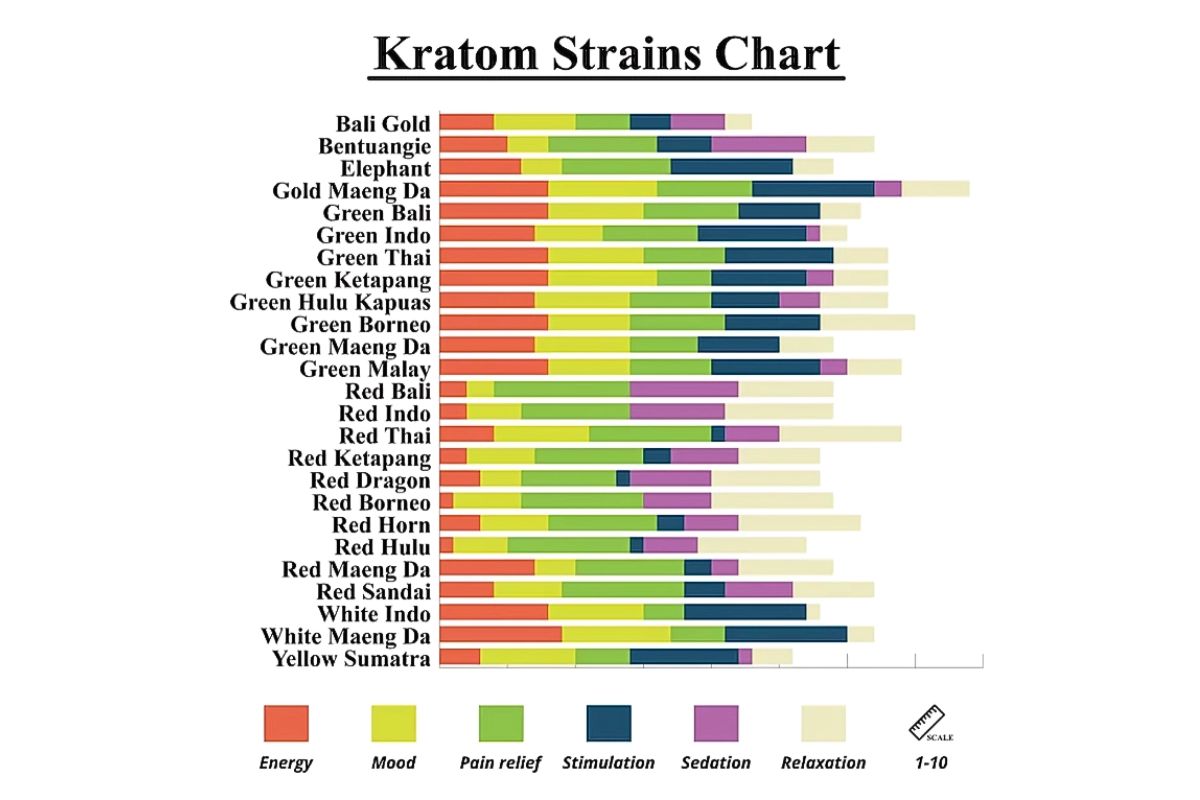
These include fortified blends or alkaloid-rich extracts, which undergo additional processing, adding to their final cost. Prices can be 2x to 3x higher than standard kratom.
Domestic vs Imported Kratom
Even though kratom originates from Southeast Asia, some vendors import directly from farms, cutting out middlemen. This results in:
- Lower prices
- Better traceability
- More consistent quality
Seasonal Availability
Harvest times affect availability. During low-yield seasons, prices spike due to:
- Reduced supply
- Longer shipping delays
- Higher labor costs
Vendor Loyalty Programs and Discounts
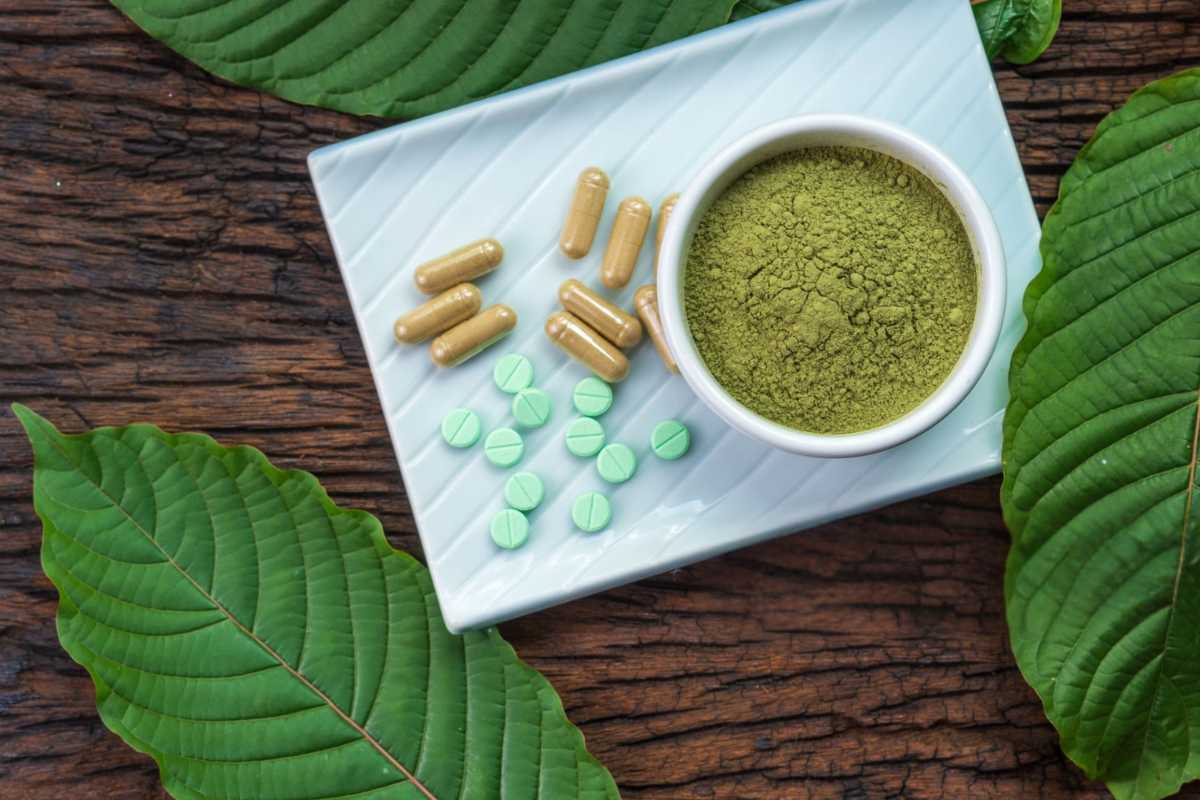
Top online vendors offer:
- Points per purchase
- Exclusive subscriber discounts
- Seasonal sales and coupons
These benefits help long-term users reduce their average cost per gram over time.
Potential Hidden Costs
Beyond the listed price, consider:
- Shipping charges
- Sales tax
- Return policy fees
- Health consequences from poor-quality kratom
Long-term use without guidance could also result in financial strain due to increased high doses needs and may cause users to experience withdrawal symptoms. Long-term use without guidance could also result in financial strain due to increased high doses needs.
Medical and Legal Risks
Using kratom to manage opioid withdrawal or pain without medical supervision can lead to complications that may be similar to the effects of other drugs.
- Liver toxicity
- Dependency
- Legal trouble if kratom is banned locally
Its legal status varies widely across U.S. states and internationally, affecting access and price, and it is important to consider the risk of opioid addiction.
Comparing Kratom to Prescription Medications
| Category | Kratom | Prescription Opioids |
|---|---|---|
| Primary Use | Traditionally used in Southeast Asia for pain relief, energy enhancement, and mood improvement. In the U.S., some individuals use it to self-manage pain, anxiety, or opioid withdrawal symptoms. | Clinically prescribed for moderate to severe pain management, including post-surgical pain, injury-related pain, and chronic pain conditions. |
| Mechanism of Action | Contains alkaloids like mitragynine and 7-hydroxymitragynine that interact with opioid receptors, producing stimulant effects at low doses and sedative effects at higher doses. | Bind directly to opioid receptors in the brain and spinal cord, altering the perception of pain and emotional response to pain. |
| Regulatory Status | Not approved by the U.S. FDA for any medical use. Legal status varies by state; some have imposed bans or restrictions. | Approved and regulated by the FDA. Classified as Schedule II controlled substances due to high potential for abuse and dependence. |
| Efficacy Evidence | Limited clinical research. Some surveys suggest potential benefits for pain relief and opioid withdrawal management, but more rigorous studies are needed. | Extensive clinical trials supporting efficacy in pain management. However, long-term use is associated with tolerance, dependence, and potential misuse. |
| Addiction Risk | Potential for dependence and withdrawal symptoms, though generally considered to have a lower risk compared to prescription opioids. | High risk of addiction, especially with prolonged use. Withdrawal can be severe and requires medical supervision. |
| Side Effects | May include nausea, constipation, dizziness, drowsiness, and, in rare cases, seizures or liver toxicity. | Common side effects encompass drowsiness, constipation, nausea, respiratory depression, and increased risk of overdose. |
| Overdose Risk | Lower risk compared to opioids, but not negligible. Overdoses often involve co-ingestion with other substances. | High risk, particularly when combined with other central nervous system depressants. Overdose can lead to respiratory failure and death. |
| Legal Accessibility | Available over the counter in some regions, primarily through online vendors and specialty stores. | Requires a prescription from a licensed healthcare provider. Subject to strict regulatory controls. |
| Medical Supervision | Often used without medical guidance, leading to variability in dosing and potential risks. | Prescribed and monitored by healthcare professionals, allowing for dosage adjustments and management of side effects. |
Kratom may be cheaper upfront, especially for those without insurance. However:
- Dosage frequency
- Long-term effects
- Lack of clinical regulation
make it a riskier choice for some compared to regulated medications.
The Growing Market and Price Trends
Kratom demand is rising rapidly, as many view it as an all natural supplement. As more users enter the market, the following trends may emerge:
- Higher prices due to demand
- Tighter FDA and DEA oversight
- Fewer unregulated vendors
- Increased taxes and shipping restrictions
Why Is the Kratom Market Unregulated?
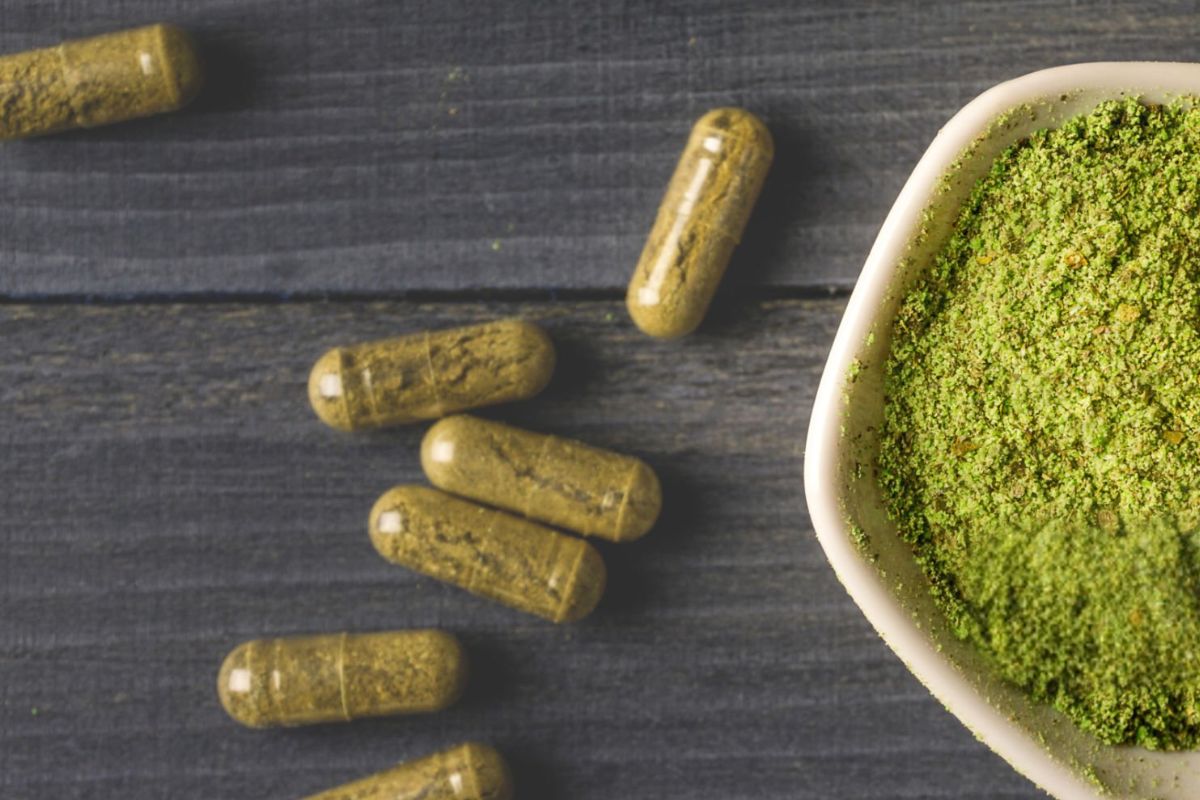
Kratom isn’t classified by the FDA as a dietary supplement or medication, leading to concerns about taking kratom and potential wrongful death lawsuits, and scrutiny from the drug enforcement administration.
As a result of not being classified like herbal supplements, kratom isn’t classified by the FDA as a dietary supplement or medication, leading to:
- Lack of standardization
- Price fluctuations
- Minimal consumer protection
Is Kratom Worth the Price?
For many, kratom is worth it due to its natural origins, potential benefits, and accessibility. However, it’s important to balance cost with:
- Product safety
- Reliable sourcing
- Personal health outcomes
Bonus Section: How to Save Money on Kratom
- Buy in bulk from verified vendors
- Join loyalty programs or subscription services
- Watch for holiday or clearance sales
- Avoid gas stations and head shops
- Compare prices across vendors
Conclusion: Understanding Kratom Pricing
Kratom’s price is as diverse as the strains and forms it comes in, much like other herbal supplements available in the market. From affordable powders to premium extracts, there’s a product for every budget—but cost should never override safety. Always prioritize tested, verified kratom, and consider bulk buying and loyalty programs to save more in the long run.
Kratom’s price is as diverse as the strains and forms it comes in, much like other herbal supplements available in the market. From affordable powders to premium extracts, there’s a product for every budget—but cost should never override safety. Always prioritize tested, verified kratom, and consider bulk buying and loyalty programs to save more in the long run.
FAQ: Kratom Pricing and Cost Considerations
Why is kratom so expensive in some stores?
Local store pricing includes overhead costs, limited supply, and markup for profit.
Is it cheaper to buy kratom online?
Yes. Online vendors offer lower prices, more choices, and discounts.
What is the cheapest way to buy kratom?
Buy powder in bulk from a reputable online vendor.
Are more expensive kratom products better quality?
Often, yes. Higher prices usually reflect better testing and processing.
Does kratom price vary by strain?
Yes. Rare strains and enhanced blends typically cost more.
Can you trust cheap kratom?
Be cautious. Low price may equal poor quality or contamination.
How much kratom should I buy as a beginner?
Start with 1–2 ounces. Once you know your preferred strain and dosage, consider buying in bulk.
Do loyalty programs actually save money?
Yes. Points and exclusive discounts can significantly lower long-term costs.
Is kratom covered by health insurance?
No. It’s not FDA-approved, so it’s not covered under any plan.
Will kratom become more expensive in the future?
Likely. With growing demand and regulation, prices may increase.
Can kratom prices vary by vendor?
Yes. Brand reputation, testing practices, and sourcing all impact pricing.
Does the country of origin affect kratom price?
Yes. Kratom from Indonesia or Malaysia can vary in price due to labor and shipping costs.
Are extract blends more cost-effective?
Only if used sparingly, as concentrates are potent and require smaller doses.
How do I know if I’m overpaying for kratom?
Compare with trusted online vendors, check for lab results, and evaluate per gram cost.

